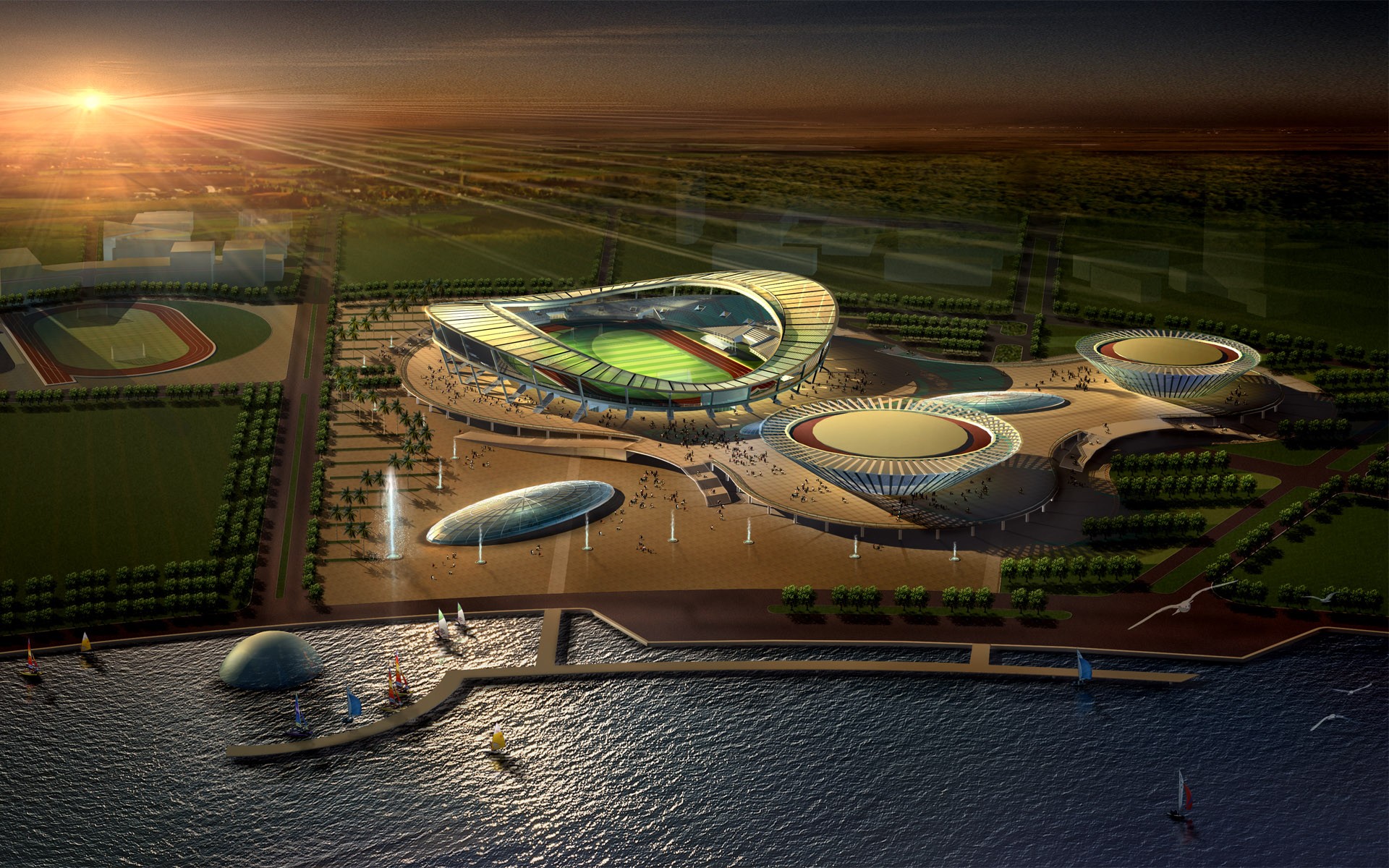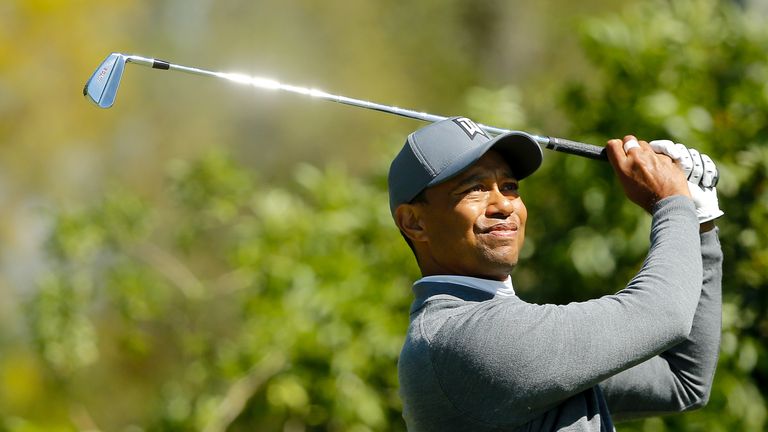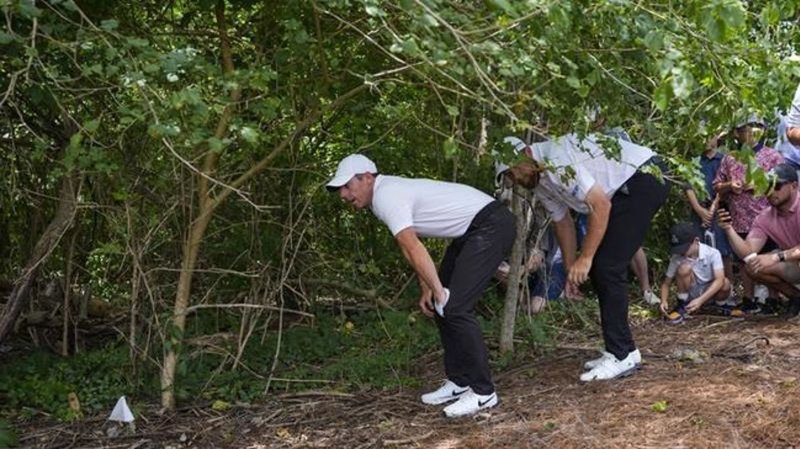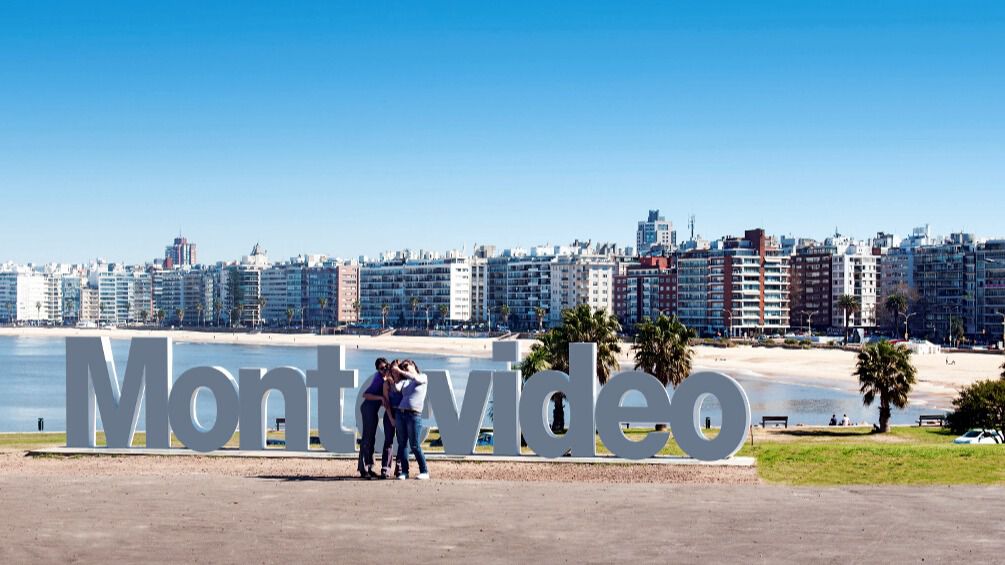Cities Turn To Sports Stadiums To Revitalize Downtowns

Table of Contents
Economic Benefits of Stadium Construction and Events
The economic impact of building and operating a sports stadium extends far beyond the ticket sales. Stadiums act as significant engines of economic growth, driving job creation and attracting substantial investment.
Job Creation and Revenue Generation
The construction phase alone generates a wealth of employment opportunities. Consider:
- Construction workers: From skilled laborers to project managers, hundreds, if not thousands, of jobs are created during the building process.
- Architects and engineers: Designing and overseeing such a large-scale project requires a team of specialized professionals.
- Ongoing stadium jobs: Once operational, the stadium itself requires a significant workforce, including game-day staff (ushers, security, concessions), administrative personnel, and maintenance crews.
Beyond construction, the ongoing operation of the stadium generates substantial revenue for the city:
- Ticket sales: A major source of income, directly benefiting the team and indirectly boosting local businesses.
- Concessions and merchandise: Sales within the stadium create revenue streams for both the stadium operators and local vendors.
- Parking and transportation: Dedicated parking facilities and increased public transportation usage generate further revenue and reduce traffic congestion.
- Tourism: Stadium events attract visitors from outside the city, boosting hotel occupancy, restaurant revenue, and other tourism-related spending. This multiplier effect significantly expands the economic impact.
Cities like Atlanta, Georgia, have witnessed significant economic growth following the development of their sports facilities, showcasing the potential for stadium-led revitalization.
Attracting Businesses and Investment
The presence of a major sports stadium often acts as a magnet for new businesses. The increased foot traffic and visibility make the surrounding area highly attractive for investment:
- Restaurants and bars: Catering to the pre- and post-game crowds, these businesses flourish near stadiums, creating a vibrant entertainment district.
- Hotels and accommodations: Visitors attending games and other events require lodging, driving demand for hotels and short-term rentals.
- Retail businesses: From souvenir shops to general retail outlets, businesses benefit from the increased consumer traffic.
This influx of businesses leads to higher property values and attracts further investment, creating a positive feedback loop that contributes to overall downtown revitalization. The development of areas surrounding stadiums often leads to the creation of mixed-use developments, combining residential, commercial, and recreational spaces. Case studies of cities like Kansas City, Missouri demonstrate how strategic planning around stadium development can successfully attract new businesses and foster economic growth.
Social and Community Impact of Stadiums
Beyond the economic benefits, stadiums can significantly impact the social fabric of a city.
Enhanced Community Spaces and Amenities
Stadium construction often leads to improvements in the surrounding infrastructure and the creation of new public spaces:
- Parks and plazas: Many stadium projects incorporate public green spaces, creating attractive areas for recreation and community gathering.
- Improved infrastructure: New roads, public transportation, and pedestrian walkways are frequently developed to accommodate the increased traffic generated by the stadium.
- Community events: Stadiums can host a range of community events beyond sporting matches, from concerts and festivals to farmers' markets and charity events.
These improvements enhance the quality of life for residents and create welcoming spaces for community interaction.
Increased Civic Pride and Community Engagement
The presence of a major sports team and its stadium fosters a strong sense of community identity and civic pride:
- Shared experiences: Attending games and other stadium events creates shared experiences that unite people from diverse backgrounds.
- Community initiatives: Many sports teams actively engage in community outreach programs, supporting local charities and initiatives.
- Team spirit: The shared passion for the local team creates a strong sense of collective identity and belonging.
These positive social interactions contribute to a more cohesive and vibrant community.
Challenges and Considerations for Stadium-Led Revitalization
While stadium development offers significant benefits, it’s crucial to acknowledge potential challenges.
Public Funding and Cost Overruns
A frequent point of contention is the use of public funds to finance stadium construction. Concerns include:
- Cost overruns: Stadium projects are often prone to cost overruns, potentially straining public budgets.
- Opportunity cost: Public funds invested in stadiums could potentially be used for other crucial infrastructure projects or social programs.
- Transparency and accountability: Ensuring transparency and accountability in the planning and execution of stadium projects is paramount.
Careful planning, alternative funding models (such as private-public partnerships), and rigorous cost control measures are essential to mitigate these risks.
Displacement and Gentrification
The rapid development around stadiums can lead to unintended consequences:
- Displacement of residents: Rising property values can force long-term residents out of their homes.
- Gentrification: The influx of new businesses and residents can change the character of the neighborhood, potentially excluding lower-income residents.
To address these issues, proactive measures are necessary:
- Community engagement: Involving local residents in the planning process is crucial to ensure their needs and concerns are addressed.
- Affordable housing initiatives: Including affordable housing options in new developments can help mitigate displacement.
- Equitable development: Prioritizing inclusive growth that benefits all members of the community is essential.
Conclusion
Sports stadiums can be powerful catalysts for downtown revitalization, offering substantial economic benefits and fostering a stronger sense of community. From job creation and increased revenue to improved infrastructure and enhanced public spaces, the positive impacts are significant. However, it is vital to address potential challenges such as public funding controversies, cost overruns, and the risk of displacement. By carefully considering these opportunities and challenges and prioritizing responsible planning and community engagement, cities can effectively leverage the power of sports stadiums to revitalize downtowns and create vibrant, thriving communities. Investing wisely in stadium-led urban revitalization projects can create lasting benefits for years to come. Learn more about successful stadium revitalization projects in your area and consider how this approach could transform your own community.

Featured Posts
-
 Valspar Championship Update Lowry In Contention
May 11, 2025
Valspar Championship Update Lowry In Contention
May 11, 2025 -
 Mc Ilroy Back In Action Zurich Classic Team Event With Lowry
May 11, 2025
Mc Ilroy Back In Action Zurich Classic Team Event With Lowry
May 11, 2025 -
 Semana De Turismo En Uruguay Historia Significado Y Contexto Cultural
May 11, 2025
Semana De Turismo En Uruguay Historia Significado Y Contexto Cultural
May 11, 2025 -
 How A Crook Made Millions Targeting Executive Office365 Accounts
May 11, 2025
How A Crook Made Millions Targeting Executive Office365 Accounts
May 11, 2025 -
 Thomas Mueller Till Mls Senaste Nytt Och Rykten
May 11, 2025
Thomas Mueller Till Mls Senaste Nytt Och Rykten
May 11, 2025
